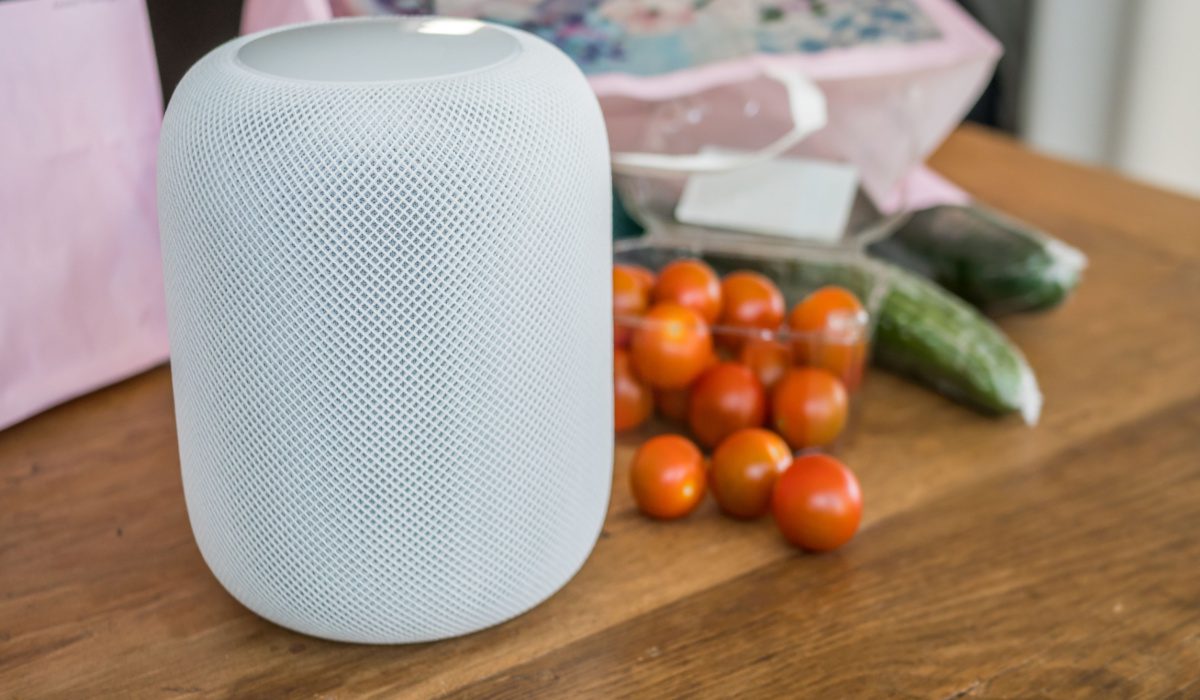Voice Assistants Will Open a New Front in Online Grocery Wars

Home is where the heart is — and home is where there will be a new, digital and audible front in the war over grocery shopping.
In the latest PYMNTS “ConnectedEconomy™ Monthly Report: The Rise of The Smart Home,” nearly 2,700 U.S. consumers in May reported using their smart home devices to conduct a broad range of activities — well beyond the confines of simply controlling the thermostat.
The act of giving voice to what we want, when we want it — literally — is gaining traction in the home, and this is illustrated by the increasing use of voice-activated home devices to order groceries.
As seen in the chart below, there’s rising familiarity with the use of devices (in this case, Alexa) to organize and use shopping lists. More than 30% of device owners report doing so with some level of consistency either daily, weekly or monthly.
The obvious candidate, of course, for making lists, checking them twice, and using them to get things done (and bought) lies with groceries.
And with the simple command to “buy it” and get it delivered, well … that has the power to transform the grocery industry itself. The initial and most obvious beneficiary would be Amazon, which of course is the eCommerce juggernaut behind Alexa’s Voice AI.
As has been noted in this space in recent days, Amazon and Walmart have been battling at a feverish pace and pitch to get consumers’ loyalty in place as eCommerce continues to gain steam. Right now, as we reported this past week, the advantage in grocery spend lies with Walmart, which has 18% share of that overall spending — compared to Amazon’s roughly 2%, as measured here in the United States.
Real also: Amazon vs Walmart Weekly: Grocery Fight Complicated by Inflation and Delivery
For Amazon, especially, the voice-activated assistant represents a key opportunity to amp up consumers’ buying activity across channels. As noted by Karen Webster earlier this week, Amazon’s acquisition five years ago of Whole Foods has given the company access to more than 460 physical stores. That deal offers yet another way for Amazon to boost grocery sales and also cement its offline presence.
In this case, a consumer could use voice commands to order items to be picked up curbside in addition to managing subscriptions that are tied directly to the online platform (and most merchants devoutly wish for such a recurring revenue stream). PYMNTS research shows that 8% of U.S. consumers order products using Amazon’s subscription service, which is the largest retail subscription service in the U.S., Webster wrote.
Walmart can also offer the boon of voice functionality — the Walmart Voice Order feature across Google Assistant adds grocery items to carts. Walmart, of course, has been busy building out its own logistics networks to get items to consumers via delivery vans, trucks and even drones.
Filling the (virtual) grocery cart with the aid of the spoken word will likely make the battle between Walmart and Amazon more competitive than ever.
For all PYMNTS retail coverage, subscribe to the daily Retail Newsletter.
